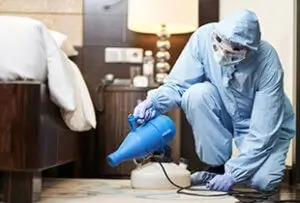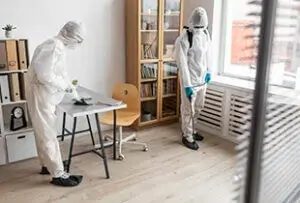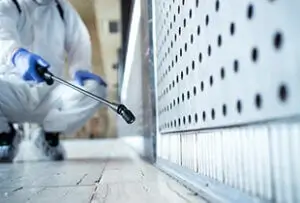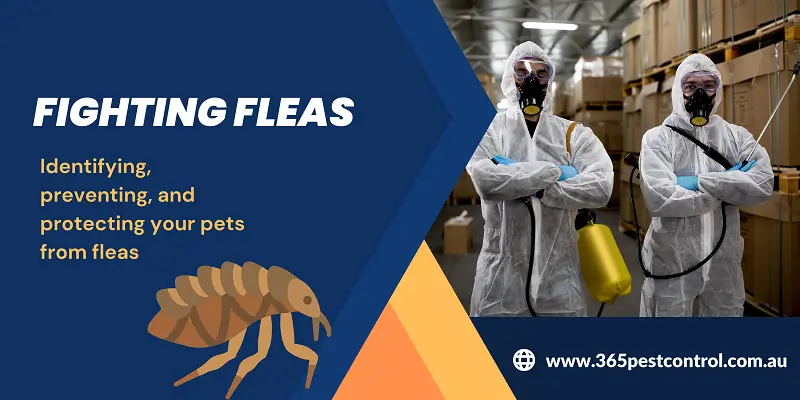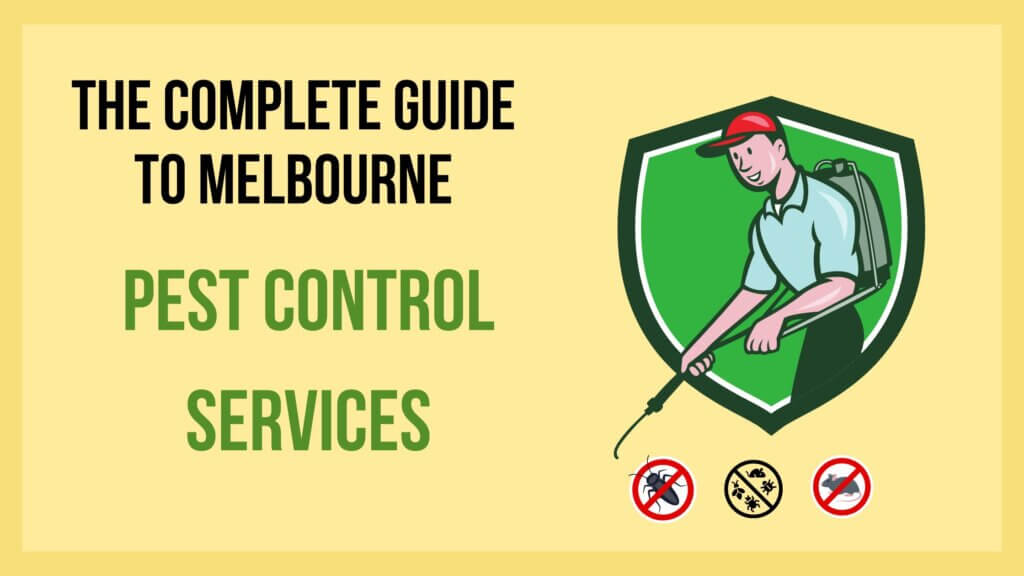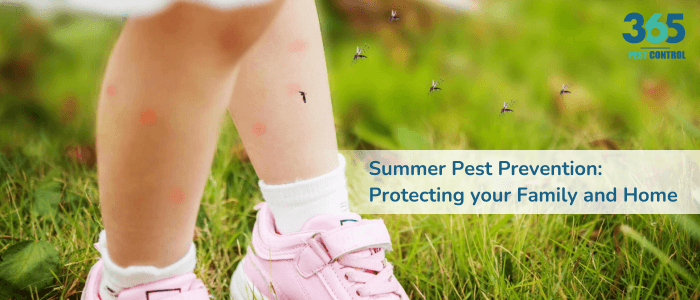Whether dealing with fleas or preventing an infestation, this blog is for you. These tiny, blood-sucking pests can cause your pets discomfort as well as pose health risks to your family. To keep your home and pets free of fleas, we’ll walk you through the flea life cycle, identify fleas, and implement effective prevention measures.
Understanding the Flea Life Cycle
Fleas have four life stages: eggs, larvae, pupae, and adults. Understanding their life cycle is key to effective pest control.
Eggs:
Eggs are laid on pets, falling into carpets, bedding, and cracks in the floor. These tiny white eggs hatch in a few days.
Larvae:
They move deep into carpet fibres or underneath furniture to feed on organic matter in their environment for protection.
Pupae:
The pupae remain dormant during this stage, awaiting the right conditions to emerge as adults.
Adult Fleas:
Fleas can lay eggs within a few days after emerging. Adult fleas feed on blood.
Identifying a Flea Infestation
Here are some key signs to watch for in your home to detect a flea infestation early:
Excessive Scratching in Pets:
Check your pets for fleas if they are scratching more than usual. Pay special attention to areas behind the ears and along the back.
Flea Dirt and Eggs:
Your pet’s skin, bedding, or surfaces where they spend a lot of time should be checked for small black specks or white oval-shaped eggs.
Visible Fleas:
Adult fleas can also jump on carpets, furniture, or around pet sleeping areas. Adult fleas are small and dark brown and move quickly through your pet’s fur.
Red Bumps or Itching:
A flea bite could cause red bumps or itching on your ankles or legs if you or a family member have them.
Hair Loss in Pets:
Excessive scratching and biting at the skin can lead to hair loss in pets with severe flea infestations.
Preventative Measures for Flea Control
Regular Cleaning:
After vacuuming carpets, furniture, and pet areas, immediately dispose of the vacuum bag.
Pet Hygiene:
Consult your veterinarian for flea treatment products that are appropriate for your pets. Bathe and groom them regularly.
Flea Control Products:
Follow the manufacturer’s instructions when using flea sprays, powders, or collars.
Are you worried about fleas in your home?
While DIY methods can help, professional flea control services offer more comprehensive solutions. We ensure that the flea life cycle stages are completely removed at 365 Pest Control Melbourne by using safe and effective methods tailored to your situation. We can help if you are experiencing flea problems in your home or want to learn more about protecting it from fleas.
